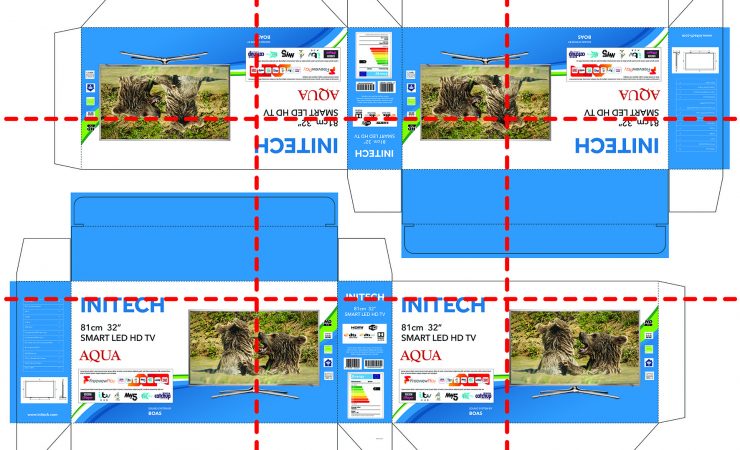Global Graphics has announced version 13 of its Harlequin RIP software, which it says will meet increasing performance and file format flexibility demands for very large format print in areas as diverse as wide-format graphics, textile, décor and corrugated packaging.
Joking that this version of the long-established RIP software was ‘lucky 13’ as none of Global Graphics’s OEM customers were superstitious, CTO Martin Bailey explained how the new version has been designed to tackle a number of requirements for very large output, such as sheets up to 5 x 6m for corrugated packaging and single file PDFs for outputs between 20 and 200m in length, particularly in textile print where PDF is beginning to replace image file formats as a preferred hand-off medium, while also negotiating an increase in typical print resolutions from 600 to 1200dpi.
Harlequin 13 does this by tiling large jobs into smaller chunks which can then be rendered concurrently by multiple RIPs running in parallel which decreases the peak RAM requirement and so reduces the hardware cost necessary to support a given output engine speed. It also reduces ‘first page out’ times by enabling the press to start printing part of a job before the entire file has been processed. As well as meeting the need for faster production of items such as building wraps, laminate floorings and even large impositions of labels with variable content, this should also enable RIPs or DFEs for more modest digital presses to be built with a lower hardware specification, thus reducing total cost of ownership, Mr Bailey said.
Another new feature is direct support for PNG files without requiring conversion to another image format. A key advantage of PNG is the ability to distinguish between white and ‘unmarked’ areas, important in wide-format product decoration, décor and textile applications where white ink is often used on coloured substrates. Harlequin’s colour management and screening options, which now include the new Opal mode, designed to correct inkjet errors that can emerge in 1200dpi working, apply equally to PNG. Global graphics has also developed an API for image sizing that aims to ‘normalise’ image resolution from files that carry no absolute dimensional information.
Barcode capability has also been extended, with support for variable text alongside 1-D (strip) barcodes plus compensation for ink spread or shrinkage on different media and independent correction for stretch in both directions for 2-D (QR) codes.
While most of the new features address industrial, wide-format and packaging applications, Mr Bailey added that in commercial print, speed is ‘paramount’ in direct mail applications, where ‘designers make jobs more complicated’ and there is a move towards faster and wider presses, as well as ‘more pressure’ for variable data working.
Mr Bailey told Digital Printer that the first commercial OEM implementations of Harlequin 13 would ship in 2020 but did not indicate what type of devices they would drive. Similarly, he would not be drawn on whether the balance of implementations would be in high speed Direct applications in which data is sent directly to the writing engine rather than stored on disk, or would lead to lower hardware cost RIP/DFE configurations, noting only that ‘Harlequin is used in a wide range of environments, from relatively slow wide-format and product decoration systems to ultra-high-speed inkjet presses, and in companies that have little or no software engineering capabilities of their own to those with large and established software teams. Our Harlequin offerings, combined with our Technical Service team are aimed at satisfying all of those requirements.’





